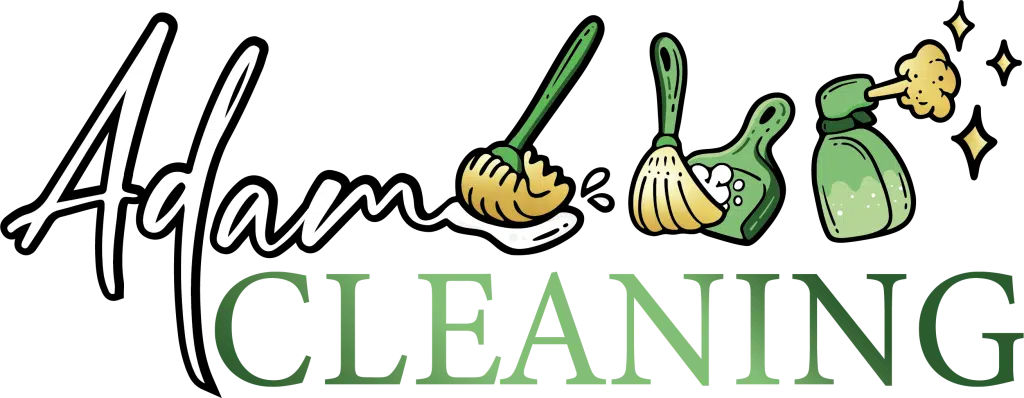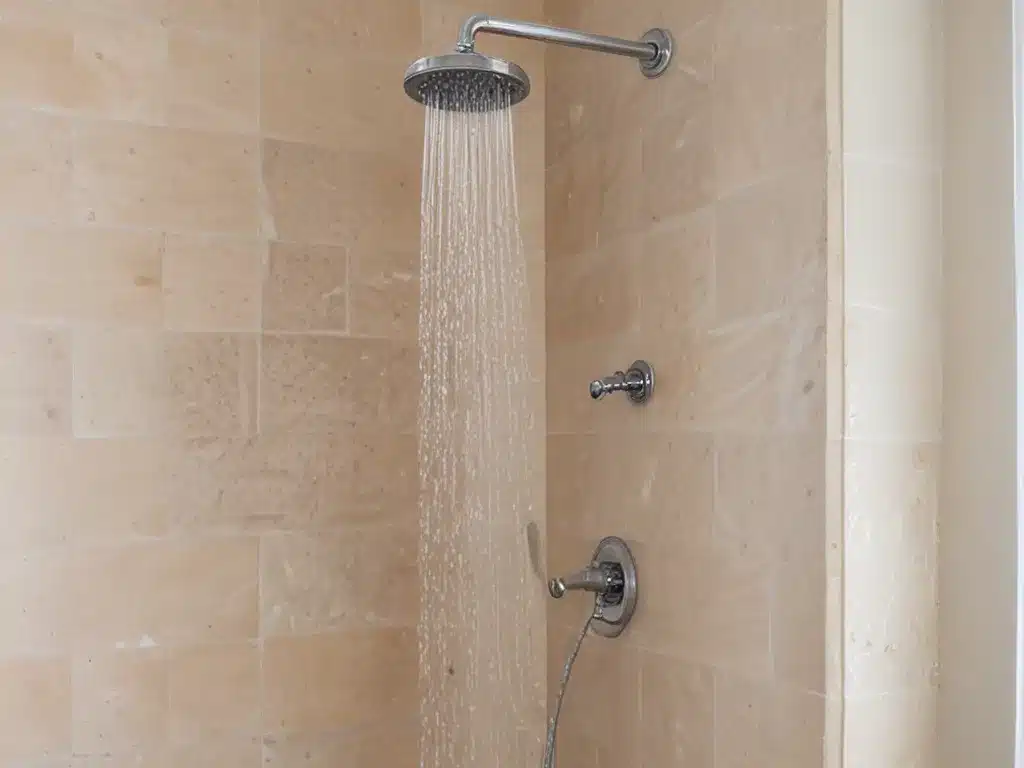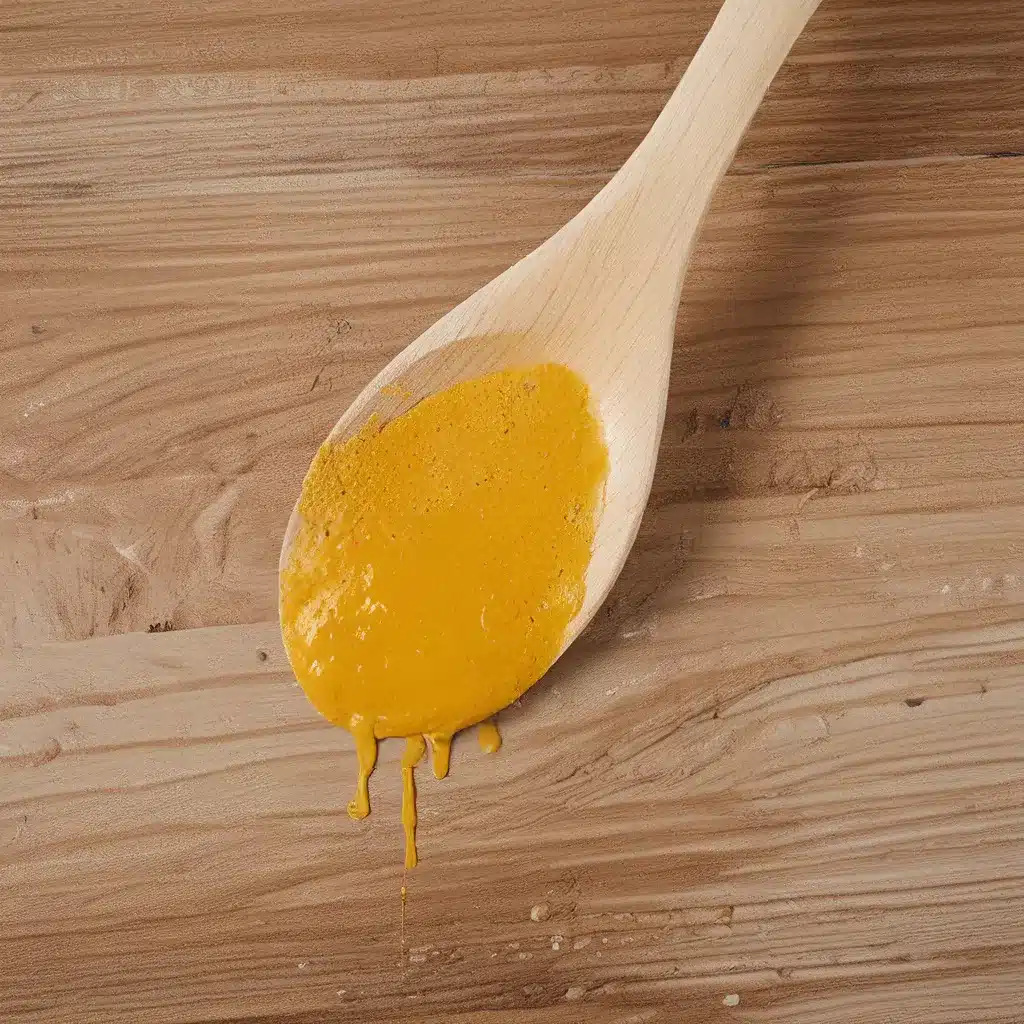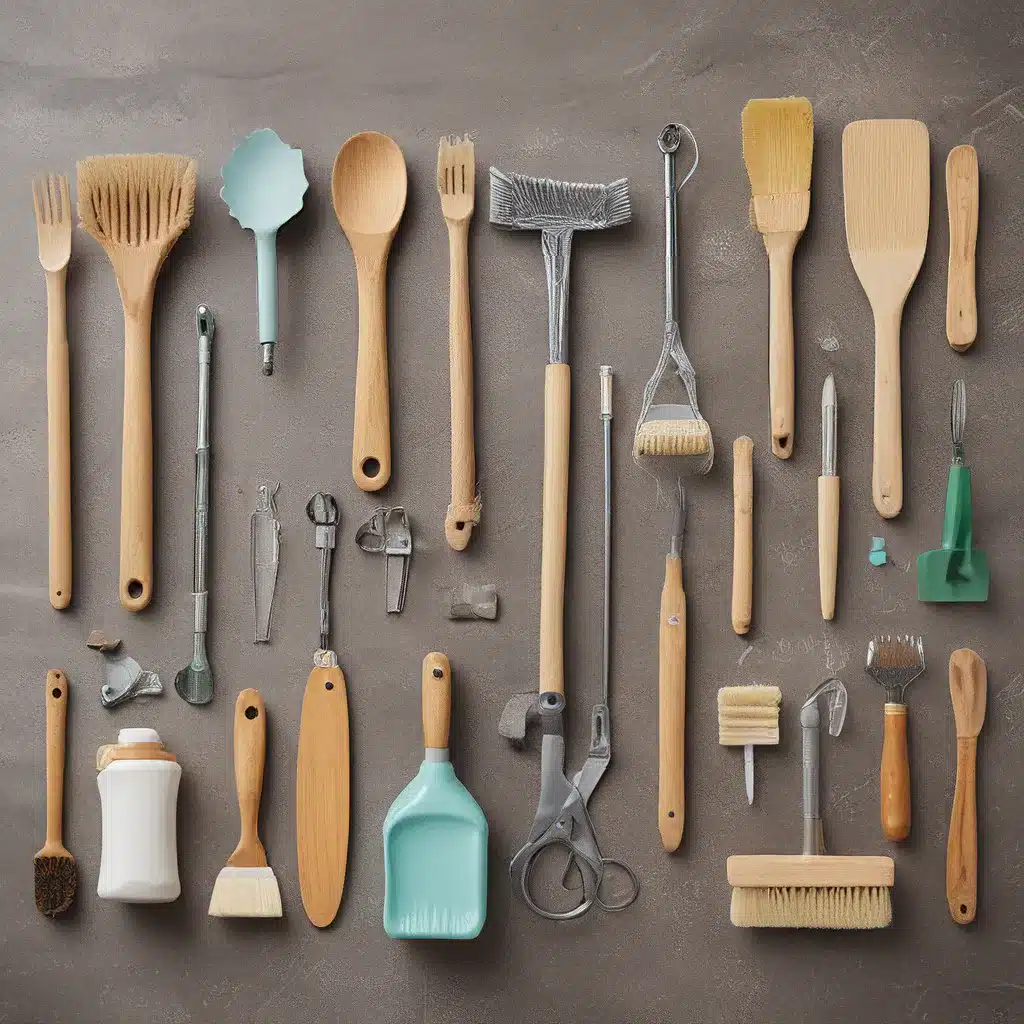Mildew in the shower can be an annoying and unhealthy problem. The key to getting rid of mildew for good is using the right cleaning methods and prevention strategies. With some elbow grease and these tips, you can have a mildew-free shower.
What Causes Mildew in Showers?
Mildew is a type of fungal growth that thrives in damp, humid environments like bathrooms. Moisture is the main culprit that allows mildew to grow. When water collects on shower walls, floors, curtains and other surfaces, mildew spores can take hold and multiply.
Warm environments also enable mildew growth. The confined space of a shower stall creates optimal conditions for mildew. Low airflow, poor ventilation, steam from hot showers and humidity all support mildew growth.
Soap scum buildup on shower surfaces can also feed mildew growth. Soap scum provides a food source for the fungi. Mildew can be difficult to remove from surfaces where soap scum has accumulated.
How to Remove Existing Mildew
Getting rid of existing mildew involves cleaning shower surfaces with products that kill mold and mildew. Follow these steps:
Clean with Bleach
Bleach is highly effective at killing mold and mildew. Make a cleaning solution of 1 part bleach to 4 parts water. Apply the bleach solution to mildew-affected areas and let it sit for 5-10 minutes before scrubbing and rinsing.
Be sure to ventilate the area when using bleach to avoid inhaling fumes. Wear gloves and eye protection for safety.
Use Vinegar
For a non-toxic approach, white vinegar can help remove mildew and disinfect shower surfaces. Use undiluted vinegar and let it sit for at least an hour before scrubbing and rinsing. Repeat as needed for stubborn mildew.
Vinegar can help remove soap scum while killing mold and mildew. Its acidic properties make it a useful cleaning agent.
Scrub Away Stains
Scrub brushes and sponges help remove mildew stains and dislodge growth from crevices. Use a soft-bristle scrub brush or grout brush to thoroughly scrub affected areas after applying a cleaner.
Old toothbrushes are handy for scrubbing in crevices and around faucets. Abrasive scouring pads can tackle really stubborn stains. Scrub until all visible mildew and stains are gone.
Improve Airflow
Once mildew is removed, improving airflow in the shower is key. Keep the bathroom ventilation fan running during and after showering. Consider installing a more powerful fan if airflow seems inadequate.
Keep shower doors open after use to allow moisture to escape and air to circulate.
Preventing Mildew Growth
Prevention is the best way to avoid recurring mildew problems. Here are some tips to keep showers free of mildew long-term:
Regularly Clean and Disinfect
Clean the shower at least once a week with a bathroom cleaner containing bleach or vinegar. Scrub away soap scum buildup. Disinfect shower curtains in the washing machine.
Spray shower walls and caulk lines with a preventative anti-mildew product to inhibit growth.
Dry Out the Shower
Squeegee walls and wipe down surfaces after showering. Leave the shower door open to allow air circulation.
Hang shower curtains outside the stall to fully dry out after use. Remove any bath mats or towels and wash frequently.
Improve Ventilation
Run the bathroom fan during and after showering. If it seems weak, have it replaced.
Keep the bathroom door open when showering to allow humidity to dissipate. Crack windows or run a dehumidifier if the bathroom has no windows.
Use Anti-Mildew Products
Caulk containing mildewcide can prevent growth where caulk meets tile. Anti-mildew shower sprays provide an invisible shield against mildew on surfaces.
Mildew-resistant shower curtains prevent mildew from growing in or on the curtain.
Check for Leaks
Leaks behind walls or under floors can feed mildew growth in unseen areas. Monitor your shower for leaks and seal any cracks or failed caulk that could be causing hidden mildew problems.
With diligent cleaning, moisture control and preventative measures, you can successfully banish mildew from your shower once and for all. A little effort goes a long way towards maintaining a healthy, mold-free bathroom environment.







